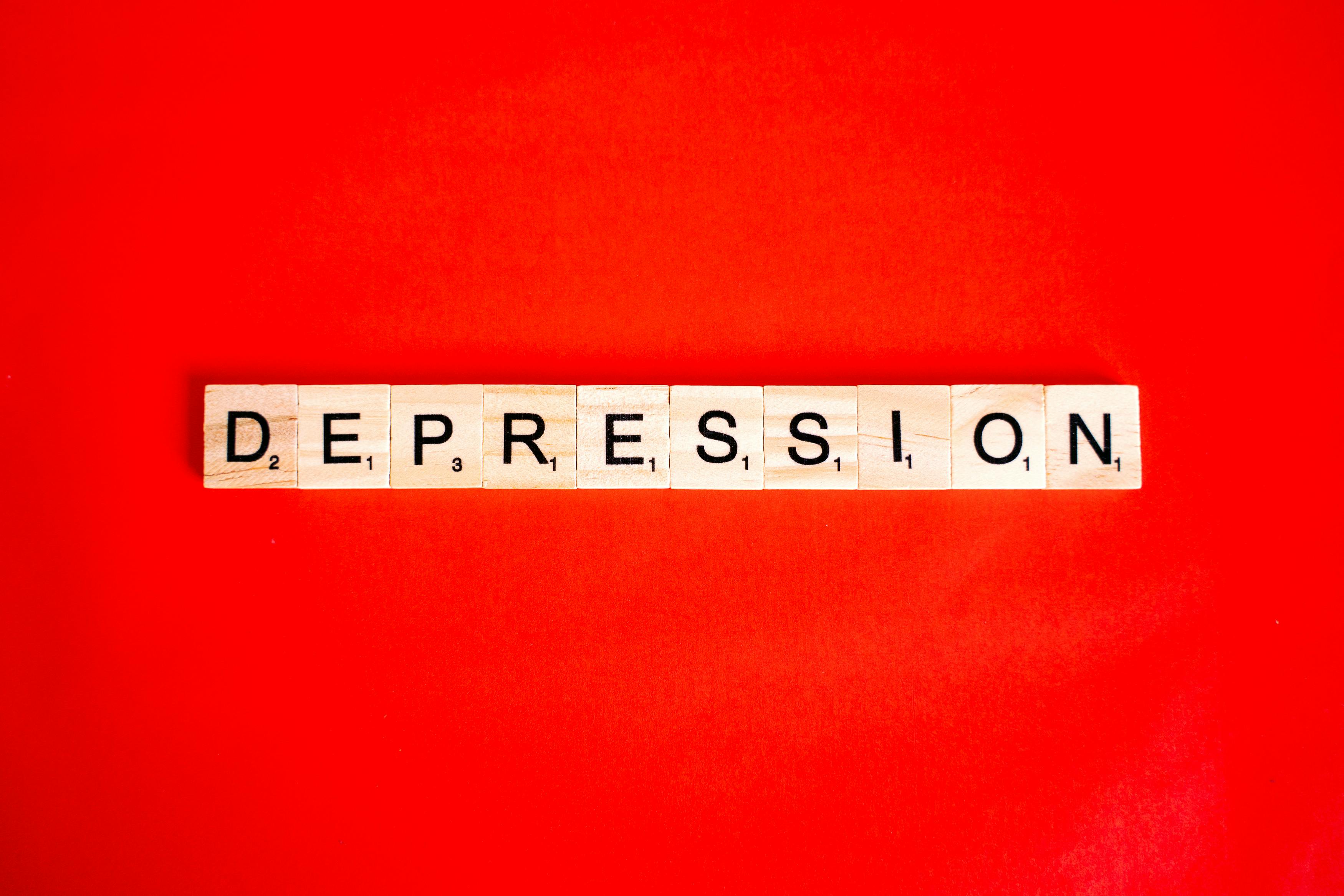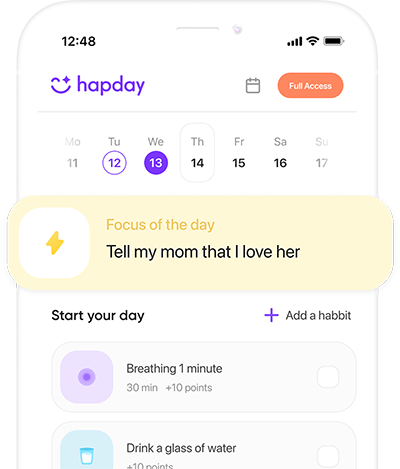Table of Contents
- Understanding the Connection Between Childhood Trauma and Self-Esteem
- Strategies to Boost Self-Esteem After Childhood Trauma
- Overcoming Challenges in the Journey to Self-Esteem
- Conclusion
Understanding the Connection Between Childhood Trauma and Self-Esteem
What is Childhood Trauma?
Imagine a child being sucked into a whirlwind of distressing situations. We’re talking emotional, physical, or even the unspeakable types of abuse, neglect, and witness to domestic chaos. These overwhelming events have a sneaky way of shaking a little one’s safety net and sense of stability. The fallout? Long-standing psychological tremors.
How Trauma Impacts Self-Esteem
Here’s the gut punch: childhood trauma can warp a person’s self-esteem, twisting how they see themselves. Back in 2019, the Journal of Interpersonal Violence laid it out—those haunted by early trauma often wrestle with feelings of inadequacy, negative self-view, and this crippling self-doubt. It’s like a relentless whisper in the back of their minds, telling them they’re not enough.
The Cycle of Low Self-Esteem
And then, dammit, there’s this vicious cycle of low self-esteem. It’s like a bad rerun. Those struggling often dig themselves deeper with negative self-talk, reinforcing that pesky feeling of not being good enough. Scared stiff of failing, they pull back socially and dodge challenges… then wonder why they feel so stuck. It’s a tough loop to break.
Strategies to Boost Self-Esteem After Childhood Trauma
1. Acknowledge Your Trauma
First thing: face it head-on. And yeah, this isn’t easy. Denying or avoiding just halts the healing process. Recognize, and take it from me, what happened wasn’t your fault. Your feelings? Totally valid.
Why Acknowledgment is Important
Giving a nod to your trauma is critical. Those APA folks say that confronting your past is the first step to yanking the power of it back. Sounds preachy, but it’s true.
2. Seek Professional Help
Therapy—it’s not just for movie stars, ya know? It’s an invaluable resource for dealing with all that old stuff. Therapists have this mojo to help you navigate trauma and shore up your self-esteem.
Types of Therapy
- Cognitive Behavioral Therapy (CBT): Kind of like rewiring your brain to flick off negative thought switches. Don’t just take my word for it, the Journal of Clinical Psychology pointed out in 2018 how top-notch CBT is for self-esteem after trauma.
- Eye Movement Desensitization and Reprocessing (EMDR): This one zeros in on processing those ugly memories.
- Mindfulness-Based Stress Reduction (MBSR): A bit of mindfulness and meditation magic to soothe your stressed-out mind.
3. Practice Self-Compassion
Be kind to yourself! Ditch the self-criticism for a softer self-support approach, essential when nurturing self-esteem.
Techniques for Practicing Self-Compassion
- Mindful Affirmations: Fight that nasty self-talk with positive vibes.
- Self-Reflection: Journaling might unveil some unexpected aha moments.
- Self-Care: Exercise, good grub, rest. It’s like a tune-up for the soul.
4. Develop Emotional Awareness
Start getting in tune with your feelings. Recognizing and understanding your emotions can soften the blow of your past and stop it from tormenting your self-esteem.
Exercises to Enhance Emotional Awareness
- Mindfulness Meditation: Make it a habit to heighten your emotional radar.
- Emotion Journals: A glimpse into what trips your emotional wires.
- Body Scans: Notice those physical cues your emotions serve up.
5. Build a Support System
Never underestimate the power of a good support system. Surround yourself with folks who root for you—friends, family, or even supportive online circles.
The Role of Social Support
The Journal of Community Psychology in 2021 stressed how having good peeps around you can boost your self-esteem and nip that loneliness blues in the bud.
6. Set Realistic Goals
Set goals. Start small, think big. Accomplishments, no matter how tiny, scratch build confidence.
Why Goal Setting Works
Taking cues from a 2019 study in the Journal of Applied Psychology, setting goals and then meeting them boosts self-esteem through the roof! You get visible proof of what you can achieve.
7. Challenge Negative Thoughts
Challenge those bogeymen thoughts that have dug roots. Question their value like any seasoned skeptic would.
Cognitive Restructuring Techniques
- Thought Stopping: Visualize a big old stop sign when negativity strikes.
- Reframing: Flip that negative script into a positive one.
- Evidence Gathering: Collect proof that stomps all over those cruel inner whispers.
Overcoming Challenges in the Journey to Self-Esteem
Dealing with Relapses
Relapses happen. That’s not necessarily a bad thing. Be patient. Relapses could be your stepping stones masked as hurdles.
Coping with Resistance
We all hit that wall of inner resistance. Feel like hitting snooze on self-help? Don’t sweat it. Acknowledge it, then gently power through.
Celebrating Progress
Celebrate any milestone, even the seemingly insignificant ones. Every step forward counts on this bumpy path to healing and self-acceptance.
Conclusion
Boosting self-esteem after grappling with childhood trauma, let’s be honest, isn’t a cakewalk. But, bit by bit, by acknowledging trauma, getting help, showing yourself kindness, becoming more emotionally aware, building a robust support network, setting goals, and fighting off those negative thoughts, you begin rebuilding that self-worth.
Healing is as far from linear as you can imagine, and lending a hand from professionals along the way? Smart move. You deserve to soak up the good life and all its confidence, no matter the shadows of the past.
Take a bold step towards healing and reclaiming your self-worth by visiting Hapday, where you’ll find the resources, support, and guidance needed to light up your path to self-improvement.

